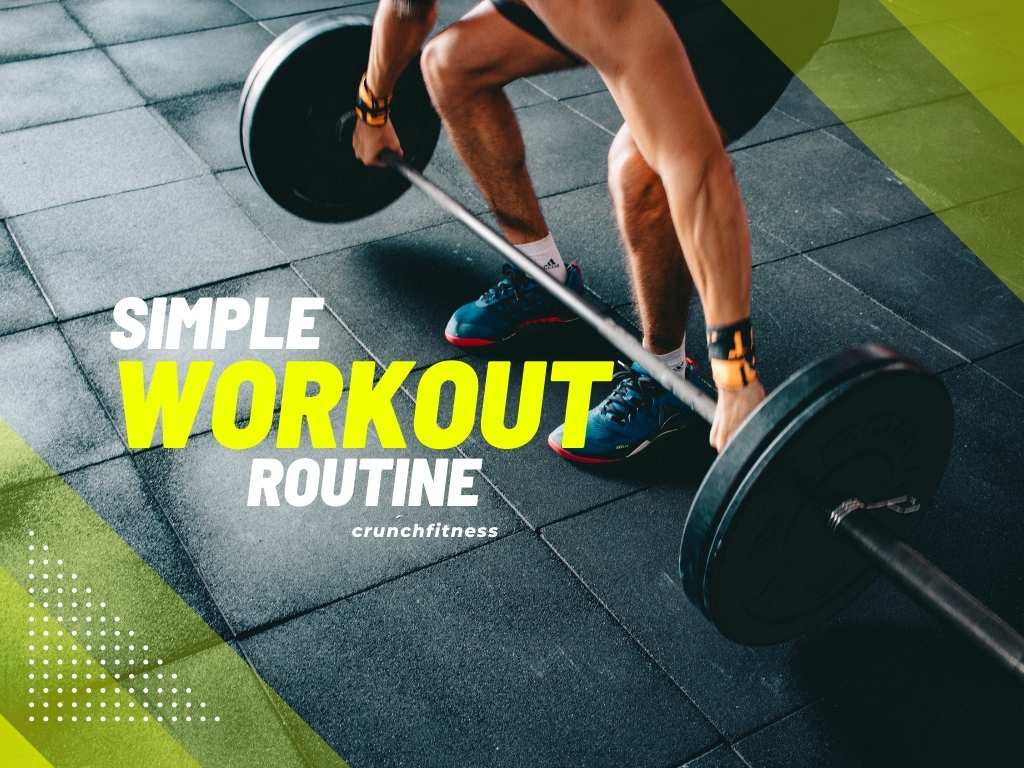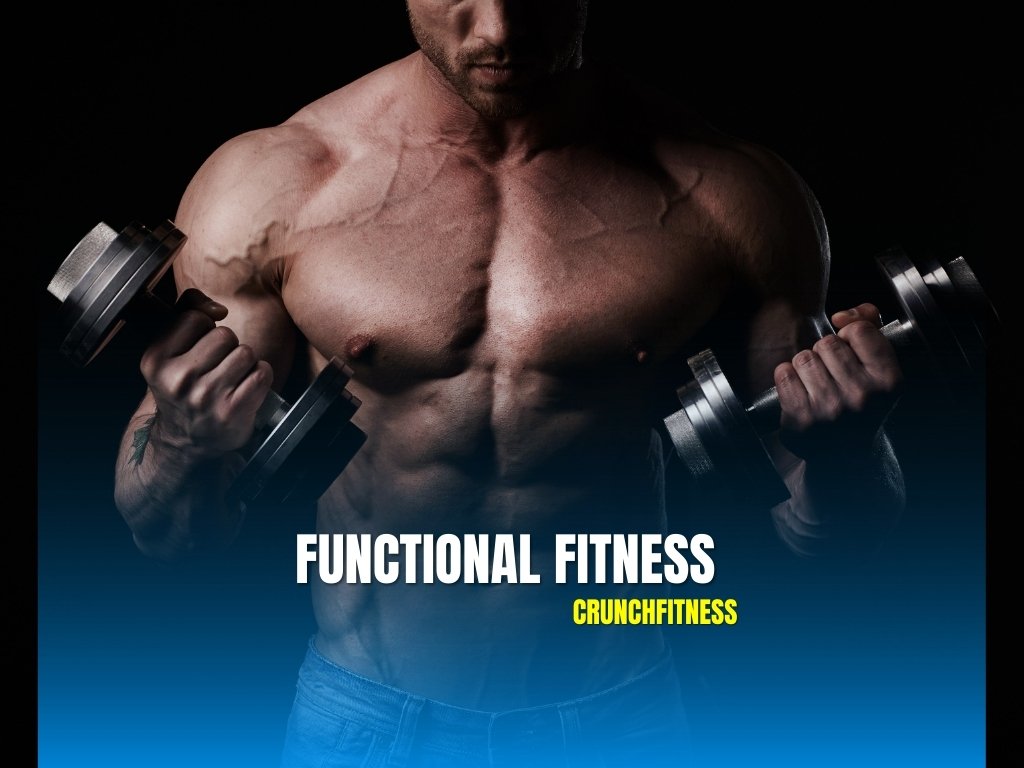Introduction:
Functional fitness is a type of training that focuses on building strength, balance, and flexibility for everyday functioning. Unlike the isolation-based gym exercises, functional fitness employs movements that mimic everyday activities such as squatting, lifting, pushing, and pulling. This type of Fitness improves your ability to perform everyday tasks such as lifting groceries, climbing the stairs, or even playing with your kids without adding extra stress or causing harm. Functional fitness exercises usually include bodyweight exercises, kettlebell training, resistance bands, and balance exercises. Most important benefits of functional fitness is avoiding injury. By improving your core strength, mobility, and stability, your body is in a better position to handle stress. It’s also great for beginners and athletes of any skill level, as well as individuals who can have it customized to their own needs.
What Is Functional Fitness?

Functional fitness refers to a style of training that puts emphasis on exercises that mimic everyday movements. Instead of focusing on just one muscle, it uses integrated motions that are full body to help you perform daily activities more efficiently.
Importance of functional fitness
Most of the highly followed fitness routines are designed for aesthetic reasons, such as gaining more muscle mass or reducing body fat. Beyond beauty, functional fitness improves the body’s ability to perform well in everyday circumstances. Functional fitness is not reliant on equipment or even gym memberships, in contrast to several other fitness fads that have taken the world by storm.
Principal Advantages
Enhanced Daily Functioning:
Functional strength improves strength and agility for daily tasks like lifting your infant or climbing stairs.
Injury Prevention:
By improving posture, muscular balance, and joint stability, functional exercise reduces the chance of getting hurt while going about daily tasks.
Core Strength:
Since almost all functional actions activate the core, it permits a strong core that safeguards all motions.
Everyday Exercises for Functional Fitness
When it comes to functional fitness, you do not require any specialized machines. Many moves need nothing more than the weight of the body itself, or simple tools like dumbbells, resistance bands, or kettlebells. Some of these include:
Squats:
Sitting and standing moves that work the legs and core.
Lunges:
Aiding with walking and climbing and even helps with balance.
Push-ups:
A method utilized to strengthen the abs and upper body.
Deadlifts:
Teaching how to safely lift any heavy objects.
Planks:
Strengthening the core while improving posture.
Step-ups:
Replicating the act of stair climbing while improving leg strength.
Farmer’s Carries:
A great exercise to improve grip strength as well as mimic carrying loads.
Sample Functional Fitness Routine

Warm-up (5–7 minutes):
Arm Circles
Bodyweight Squats
Hip Openers
Jumping Jacks
Workout (3 rounds):
10 Bodyweight Squats
8 Push-ups (full or on kneees)
10 Walking Lunges (5 each leg)
30 Second Plank
Resistance Band Rows
Balance Hold (20 seconds per leg)
Cool Down (5 minutes):
Stretch major muscle groups
Foam roll or deep breathing
Do You Need Equipment?
Kettlebells
Resistance bands
Medicine balls
Balance trainers (like a BOSU ball)
TRX suspension trainers
However, simply having space and motivation is sufficient to get you started.
Elements of Functional Fitness
Mobility
The capability of moving joints within a full range of motion. Functional training enhances mobility at your hips, shoulders, ankles, and spine.
Stability
Maintaining stability while moving your body is an important factor to consider. These are maintained through core focused exercises that enhance control to avoid injuries related to imbalance.
Strength
Real life strength is built through compound movements like deadlifts, squats, and push ups as they integrate multiple muscle groups.
Endurance
The combination of cardio and strength exercises in functional workouts helps to elevate the heart rate and stamina of the person.
Balancing and Coordinating
Activities that put your body balance and hand-eye coordination to the test improves your reaction time and self mobility recognition.
Conclusion
Functional fitness is not a new style of exercise it’s a way of life movement that bridges the gap between exercise and everyday. Instead of seeking numbers on machines or focusing exclusively on appearance, functional training puts your body’s real-world actual performance first. By training purposefully improving balance, strength, mobility, and coordination you are spending money on a body that’s free moving, able to absorb life’s physical knocks, and resilient across the years. Whether you’re an athlete, a working parent, or a human who just wants to stay on your feet and painfully, functional fitness gives you the tools to move better, feel stronger, and live healthier.
